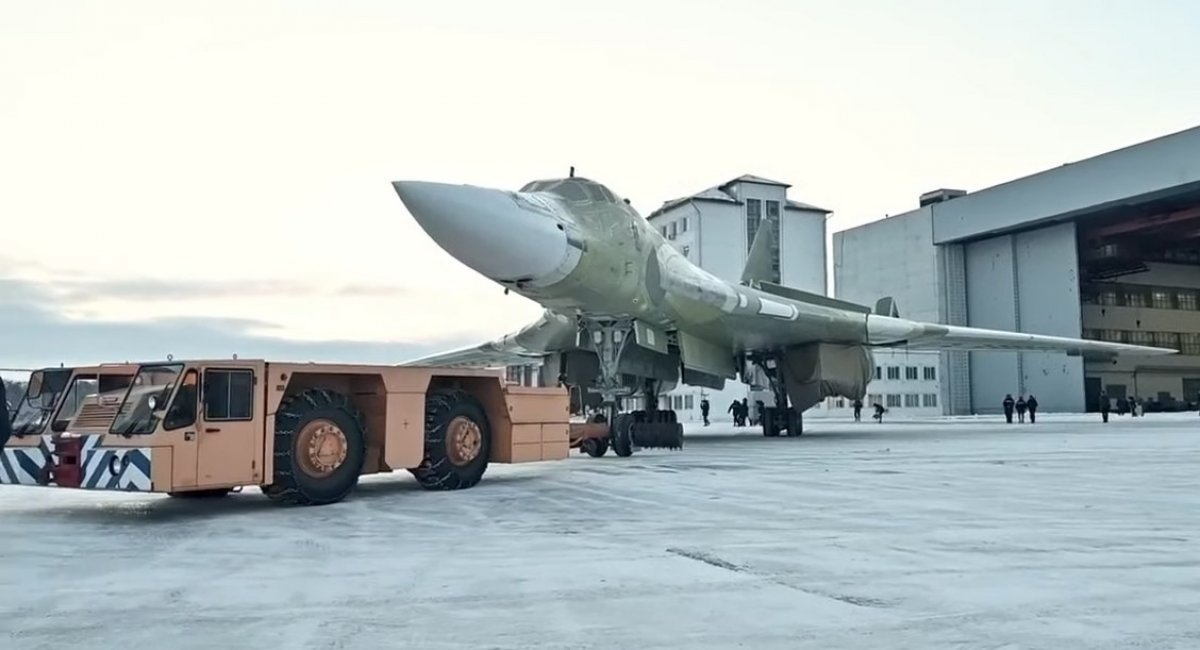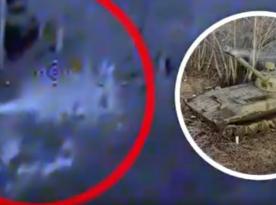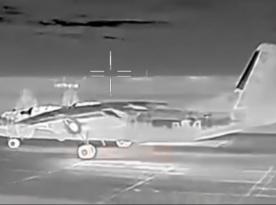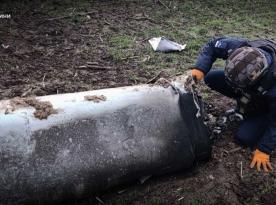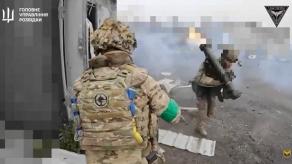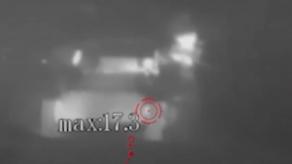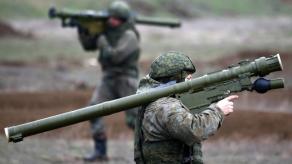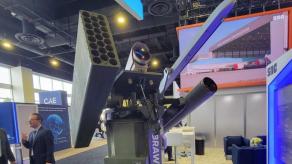On December 16, 2024, the Ministry of Defense of the russian federation held a board meeting, during which a threat was made about the Kremlin's alleged readiness for war against NATO in 10 years. However, during this event, another statement was made that deserves special attention. In 2025, the russian Armed Forces plan to receive four Tu-160M strategic bombers, which can be nuclear weapons carriers.
If russians implement this plan, it will significantly reinforce the strategic aviation of the russian Aerospace Forces, which currently operates only 13 Tu-160 aircraft, each capable of carrying up to 12 cruise missiles.
Read more: MiG-29SMT Deal With Algeria Slowly Falls Apart As russia Loses Another Customer Amid the Ukraine War

The paradox in this situation is that the russian military industry will not produce a single new strategic bomber. These aircraft are from the factory shops, but have been in the testing phase for several years.
It should be noted that in 2023, russia also planned to receive four Tu-160M bombers without producing a single new aircraft. This emphasizes how long the story of the "new" strategic bombers for the russian Aerospace Forces is.
The Tu-160Ms that russia calls "new" are, in fact, assembled from Soviet-era components. That is, they have been in the shops of the Kazan Aircraft Production Association (KAPO) since the late 1980s. The russian official 'novoiaz' [a russian Newspeak vocabulary and idiomatic expression used under Putin's leadership for propaganda purposes to manipulate public opinion] has a specific term for this format—"reproduction"—while the actual degree of readiness of these components can be assessed in the photo below. In other words, at least the aircraft bodies are fully assembled.
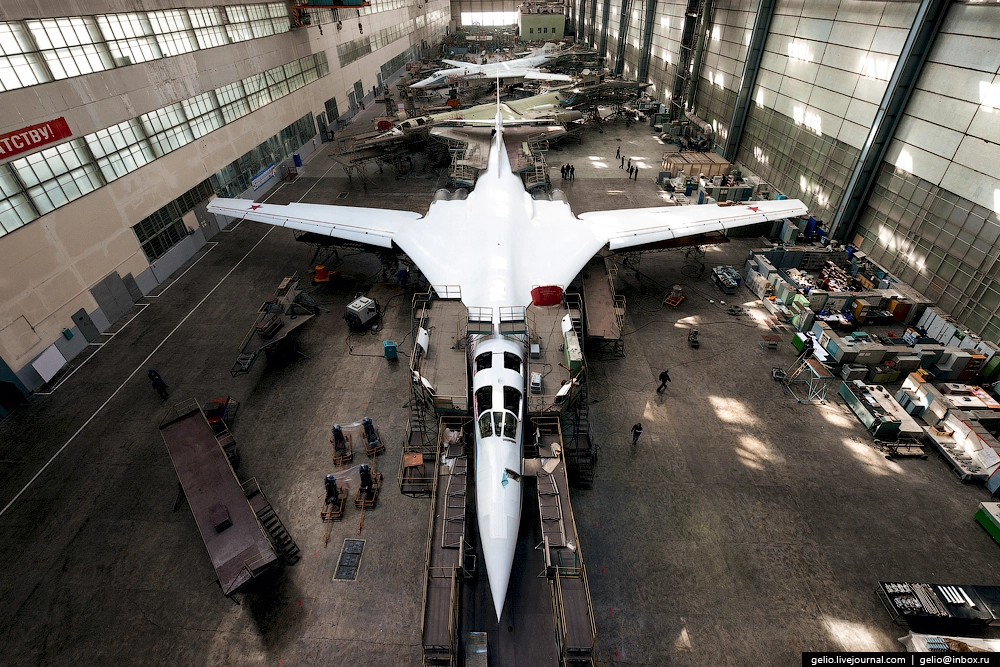
The authors of The Military Balance 2024 wrote that there are three Tu-160M bombers that are still being tested, so they are not part of the russian strategic aviation.
At the same time, in February 2024, the Russians admitted that they had four Tu-160Ms undergoing testing, three of which were formally considered "new" aircraft, one of which had not yet flown.
The fact is that at the same time, the Kremlin dictator Putin was visiting the KAPO for propaganda purposes. During his visit, four Tu-160Ms were shown in one shop at once. Initially, russian propagandists were quick to claim the "never-before-seen capabilities of the military industry," which allegedly enabled the production of four new bombers of this type.
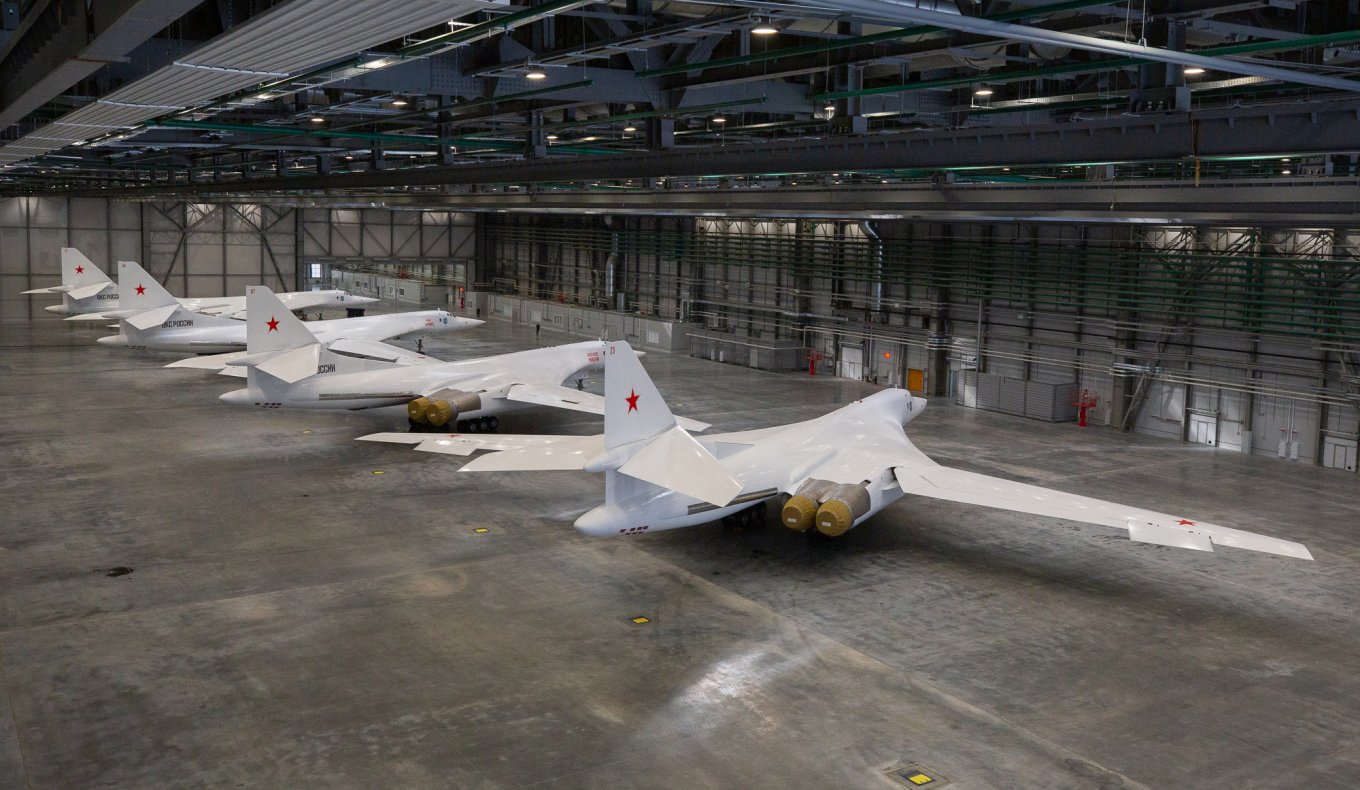
However, later the russian Center for Analysis of Strategies and Technologies released an explanation stating that the russian military industry produced three Tu-160Ms under the "reproduction" program, while another was a previously modernized aircraft of the same type that has not yet returned to the long-range aviation of the russian Aerospace Forces.
Earlier Defense Express reported that russia had re-invented flat nozzle for Su-57's engine.
Read more: Why russia Uses Fewer Glide Bombs in Ukraine and Why It's Too Early to Jump to Conclusions




